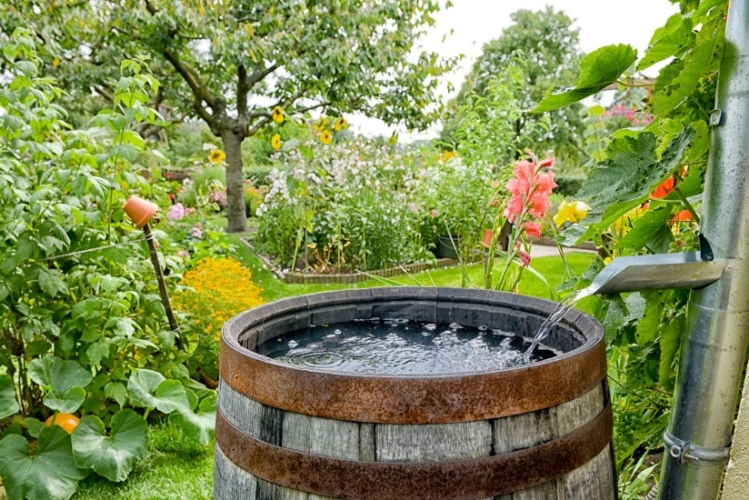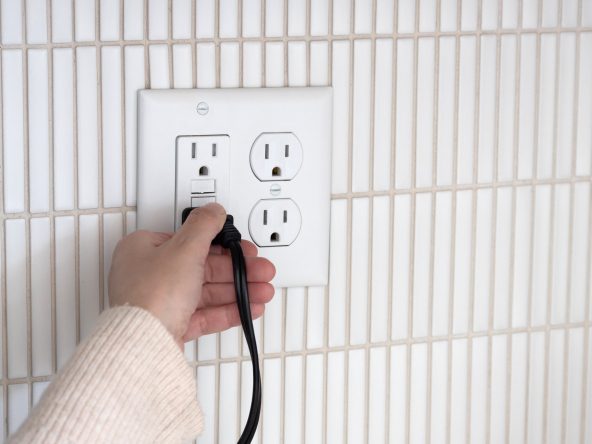You Ask, We Answer: What Is an Eco-Friendly Yard?
This summer has been a scorcher, and with so much focus on climate change, it’s no wonder more of us are considering what we can do to make a difference. Creating an eco-friendly yard is a great place to start, but it doesn’t have to mean starting from scratch. Whether you implement one of the ideas below or all of them, taking the time to allow them to take hold will not only save you money, it will give you a sense of satisfaction with each small change. Here are some of our favorite easy ways to create an eco-friendly yard for your Connecticut home.
Start with native plants
Native plants are trees, plants, grasses, and flowers that naturally exist where you live. Not only do they attract birds and pollinators such as butterflies, bees, and other wildlife that benefits your surrounding environment, but they can already thrive in your habitat. Once your native plants are well established, they’re also easier to care for; you don’t have to worry about them not thriving because of a new climate, pests, or even disease–they’re already resistant! And because native plants do thrive in your surroundings, you won’t need to go overboard fertilizing them; they’re used to growing here in Connecticut.
Consider ground cover
Grass is undoubtedly a popular choice for Connecticut’s yards. But there are other, more eco-friendly options than grass that don’t need to be treated for weeds or fertilized like grass lawns often require. Why not consider ground cover? There are many different options for what constitutes ground cover, including clover for lawns that get full sun (this can be mowed occasionally to keep it from flowering), moss for shady yards (easy to grow and soft on bare feet!), and perennials fill in the lawn while adding color, depth, and dimension.
Save your rainwater
With climate change giving rise to rapidly changing weather patterns, we’ve seen soaring temps, deluges, and stretches of drought–and it’s only the beginning of August! One way to make sure you have plenty of water to keep your eco-friendly yard looking beautiful and your veggie garden thriving–all while being more mindful of the environment–is to install a rain barrel in your yard.
Rain barrels are meant to help you harvest rainwater. You can direct your gutter runoff to the barrel, ensuring you collect the most rainwater possible; plus, it may help with minor flooding that these deluges create. Then, when it’s time to water your plants, you can hook up your garden house and water your plants and veggies without utilizing your tap!
Go natural
Eco-friendly yards aren’t the place for pesticides; in fact, pesticides are pretty antithetical to creating a lawn that supports the environment. But Integrated Pest Management (IPM) can help you rid your eco-friendly yard in a way that doesn’t fight the environment, but instead uses it to its advantage.
The United States Environmental Protection Agency explains, “Integrated Pest Management (IPM) is an effective and environmentally sensitive approach to pest management that relies on a combination of common-sense practices. IPM programs use current, comprehensive information on the life cycles of pests and their interaction with the environment. This information, in combination with available pest control methods, is used to manage pest damage by the most economical means, and with the least possible hazard to people, property, and the environment.”
According to tataandhoward.com, “IPM involves a combination of techniques such as hand-removal of weeds and insects, attracting beneficial insects such as lacewings and praying mantises, selecting native plants that are naturally resistant, and utilizing natural insecticides such as insecticidal soaps and oil sprays for mites, aphids, and mealybugs, and milky spore bacteria for grubs. Slugs can be caught by sinking yogurt cups filled with beer or milk into the ground…and aphids and mites can readily be managed with ladybugs. For those with a truly rural bent, chickens are natural predators of ticks, and, if left free to roam, will gobble up lawn grubs while aerating — and fertilizing — the lawn.”
With some creative, outside-the-fertilizer-bag thinking, you can create an eco-friendly Connecticut yard that will have the local birds (and bees and butterflies!) singing your praises!




